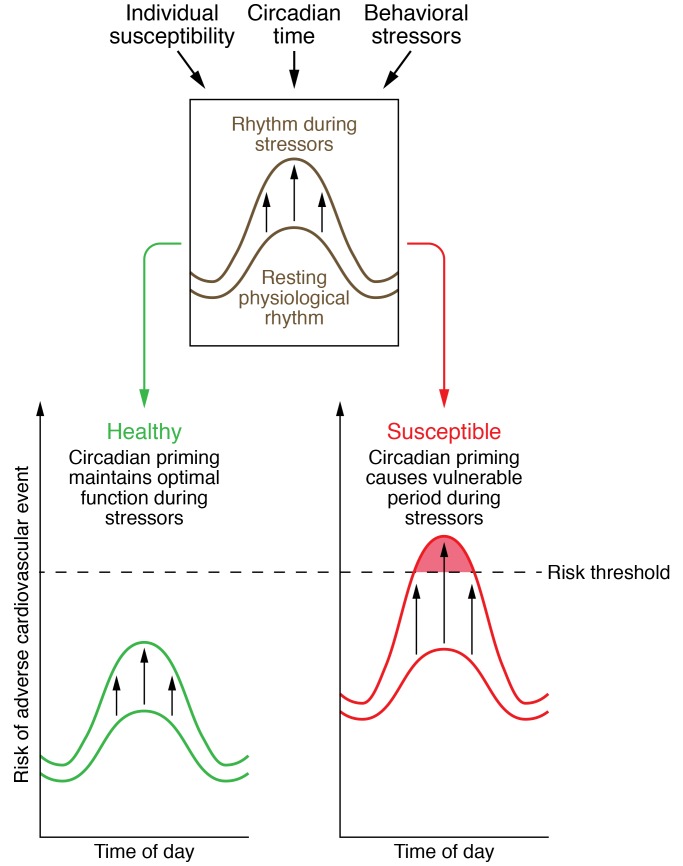Figure 2. Conceptual model showing interactions between behavioral stressors, circadian timing, and individual susceptibility to cardiovascular risk.
There is a constant interaction between behavioral stressors (e.g., exercise), circadian phases, and underlying individual risk. This results in resting physiological rhythms (e.g., blood pressure) and reactivity of those rhythms in the presence of stressors. In a healthy individual, the resting physiological rhythms are within normal limits and the reactivity to a stressor (upward-pointing arrows) is modest, such that the theoretical risk threshold for an adverse cardiovascular event is not crossed. However, in an individual susceptible to cardiovascular risk due to existing anatomical or physiological maladaptation, resting physiological rhythms may be elevated. Furthermore, in the presence of a stressor, the reactivity of physiological rhythms may be exaggerated and can cross the theoretical risk threshold for an adverse cardiovascular event such as stroke.

